NDO - Very few centers in the world can perform the surgical technique of free lymph node flap transfer using super-microsurgical techniques for patients with lymphedema of the hands. Recently, doctors at Viet Duc Friendship Hospital have brought a new life to patients with this technique.
After mastectomy, lymph node dissection due to cancer and post-operative radiotherapy, Ms. NTKO, 64 years old, had many difficulties in daily activities due to her swollen, heavy arm and frequent pain due to the sequelae of lymphedema of the hand. Ms. O. went to the Department of Maxillofacial-Plastic-Aesthetic Surgery, Viet Duc Friendship Hospital for examination and treatment.
Here, doctors diagnosed Ms. O. with lymphedema of the hand after mastectomy and recommended surgical treatment using free lymph node flap using microsurgical techniques.
The surgery was successful and after 1 week of recovery, Ms. O. was able to see positive changes in her arm.
Associate Professor, Dr. Nguyen Hong Ha, Head of the Department of Maxillofacial-Plastic-Aesthetic Surgery, Viet Duc Friendship Hospital said: Breast cancer is the most common cancer in women. After mastectomy, lymph node dissection and radiotherapy, many patients face the sequelae of arm lymphedema.
This is a complication that causes many difficulties in daily life and affects the patient's quality of life. Patients often have to seek treatment in many places but all are ineffective and the disease will progress more and more seriously.
The reason the arm swells is because lymph is normally drained from the periphery to the body through the lymphatic and axillary lymphatic systems. During surgery and radiation therapy for breast cancer, the lymph nodes and lymphatic systems are removed or destroyed to reduce the risk of cancer cells spreading.
Therefore, even though breast cancer is treated and stabilized, the patient's arm may gradually swell, a phenomenon called lymphedema due to obstructed circulation.
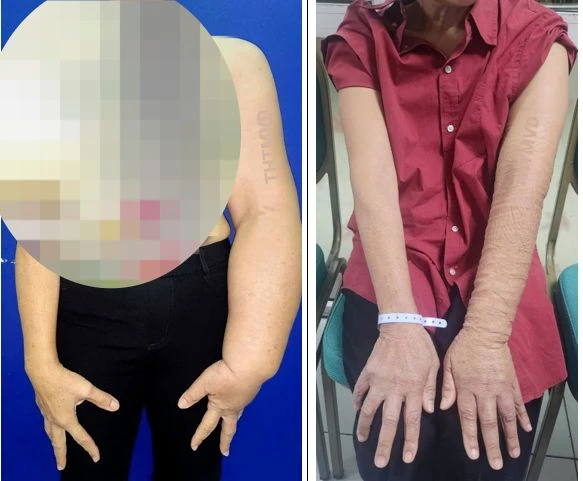 |
Preoperative and postoperative patients with lymphedema of the arm by microsurgical lymph node transfer. |
The principle of lymph node transfer microsurgery is to take a lymph node flap from another normal part of the body (in locations such as the groin, axilla on the healthy side, supraclavicular fossa, etc.) and transfer it to the lymphedematous arm. The lymph node flap is sutured to the tiny blood vessels at the recipient site using microsurgery techniques. If the lymph node flap survives well, it will help drain the lymph, reduce swelling and improve the motor function of the arm. At the same time, liposuction will help slim the arm, bringing aesthetics to the patient.
Specialist II Dr. Tran Thi Thanh Huyen, a member of the surgical team, said: The biggest difficulty here is that very few centers in the world can perform this technique because the blood vessels that feed the lymph nodes are microscopic vessels with a diameter of only 0.2-0.4mm (approximately 1/3, 1/4 of a toothpick), so it requires experienced microsurgeons and modern equipment such as microscopes, tools, and super microsurgical threads (sometimes only 1/5-1/10 of a hair).
However, because doctors at Viet Duc Friendship Hospital have successfully performed many microsurgeries to reconnect severed body parts such as lips, noses, ears, etc., as well as to suture lymphatic vessels to veins in the limbs, microsurgery is no longer difficult.
To ensure the highest success for this lymph node transfer microsurgery, in addition to microscopes and microsurgery instruments, the hospital also invested in a system of modern specialized diagnostic machines to explore the lymphatic system to diagnose the location of lymphatic obstruction, determine whether lymph nodes are present or not, and whether vital functions are good or not to be able to diagnose and monitor the patient best.
Associate Professor, Dr. Nguyen Hong Ha added that although technical methods for treating lymphedema such as lymph node flap transfer and lymphatic vein anastomosis have been routinely implemented at the Department of Maxillofacial-Plastic-Aesthetic Surgery, the team of doctors and physicians of the department are constantly learning and improving surgical techniques to be on par with the world.
The microsurgical lymph node transfer technique has also been successfully implemented in the department for children who unfortunately suffer from congenital lymphedema in children. In addition to microsurgical lymph node transfer to treat lymphedema of the hands and feet, surgeons can also combine reconstruction of breasts removed due to cancer with microsurgical rectus abdominis muscle flap (DIEP flap), latissimus dorsi muscle flap or simply by placing breast implants.
Source: https://nhandan.vn/loai-bo-tinh-trang-phu-bach-mach-tay-cho-benh-nhan-sau-dieu-tri-ung-thu-vu-post854610.html





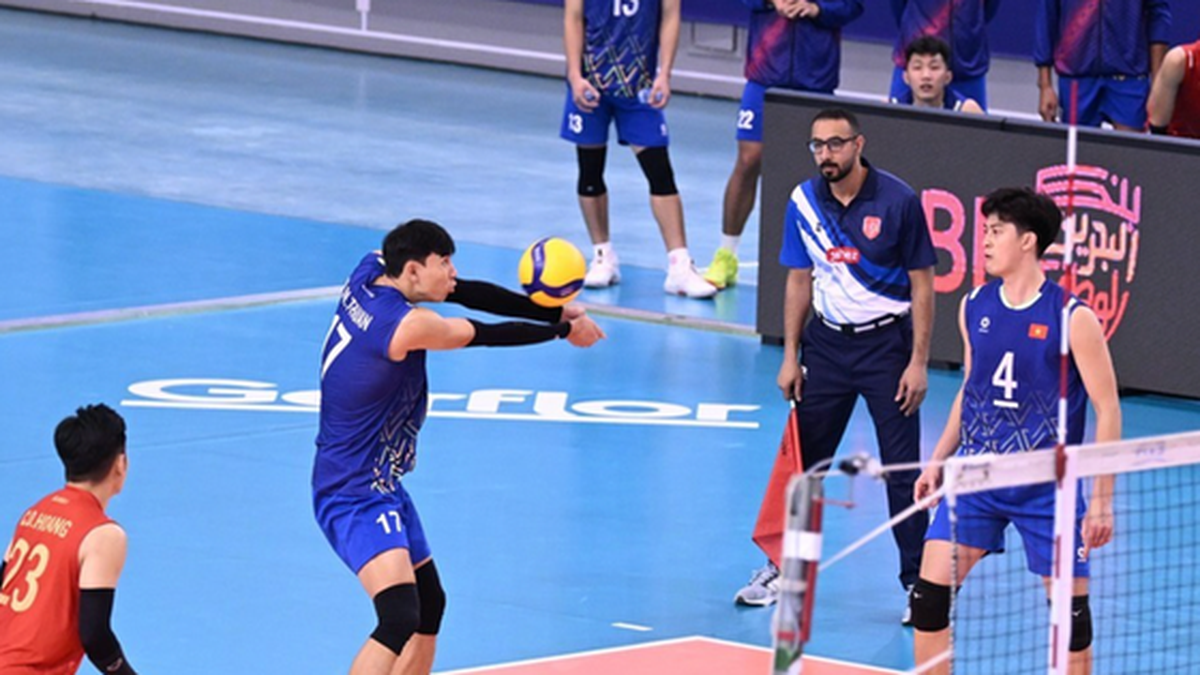

















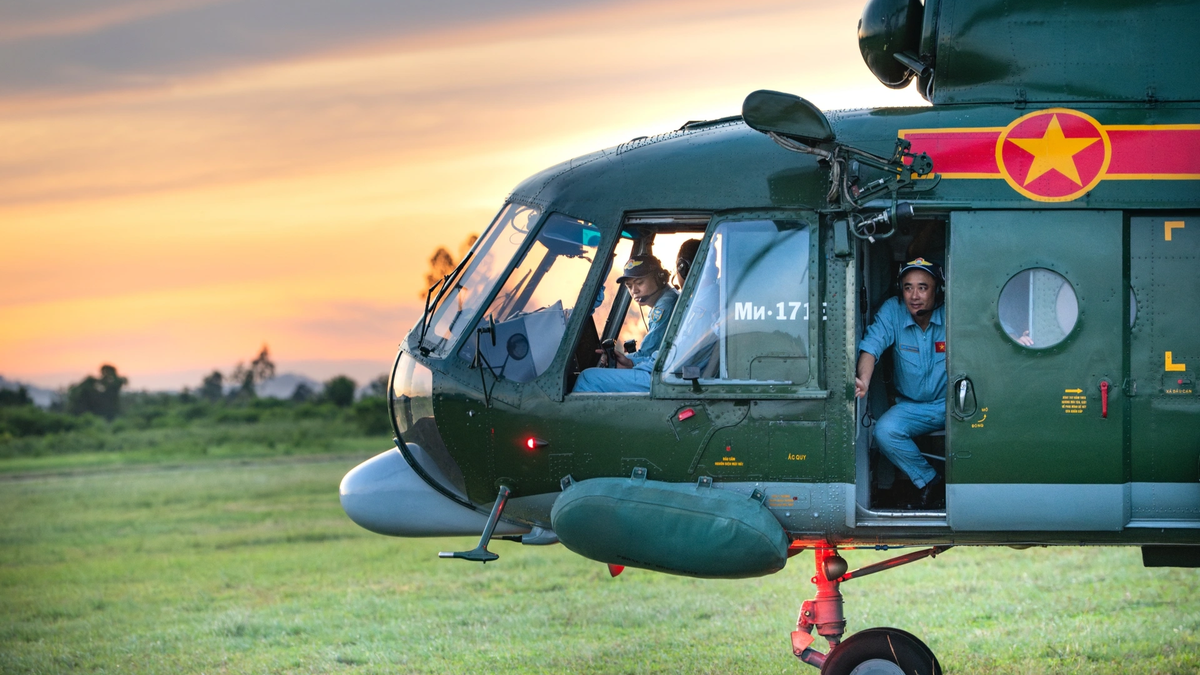


















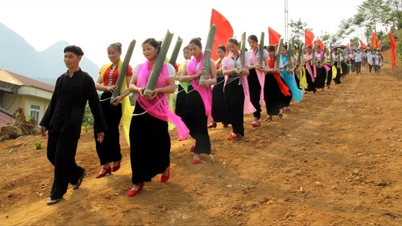




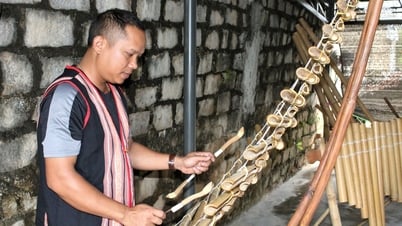



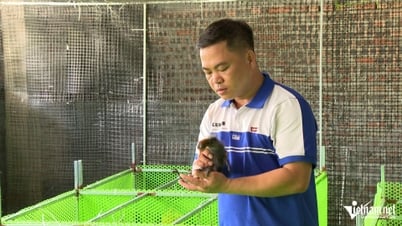













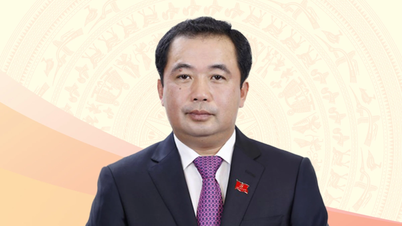



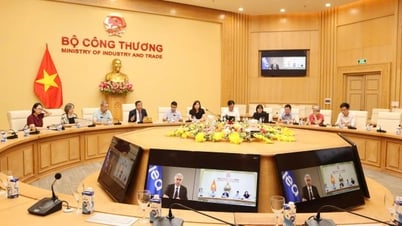

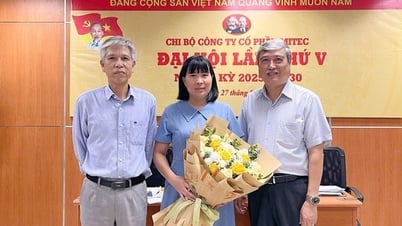


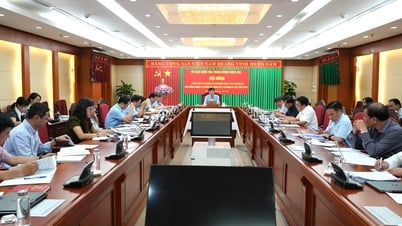

















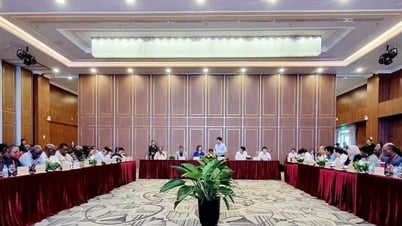






Comment (0)